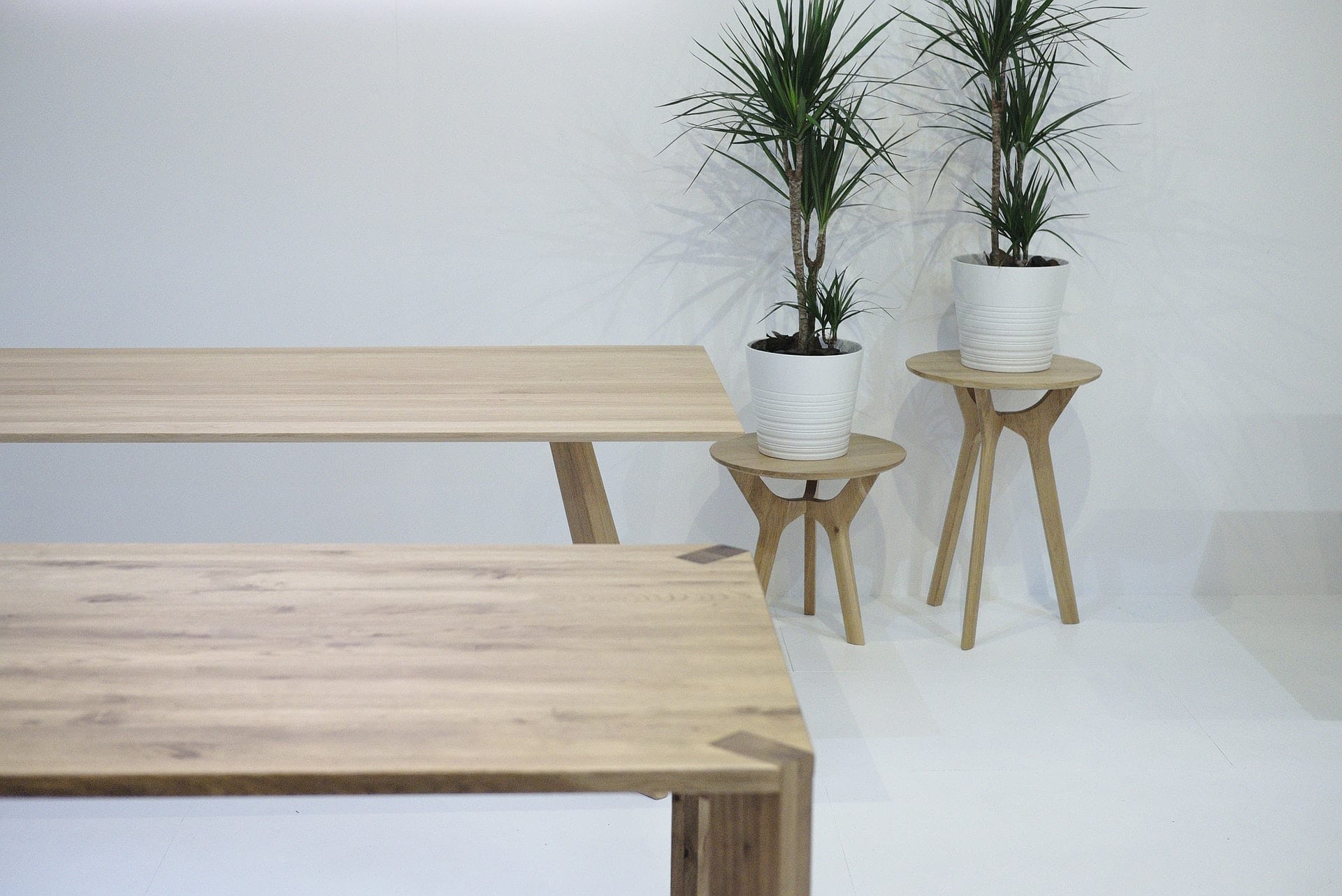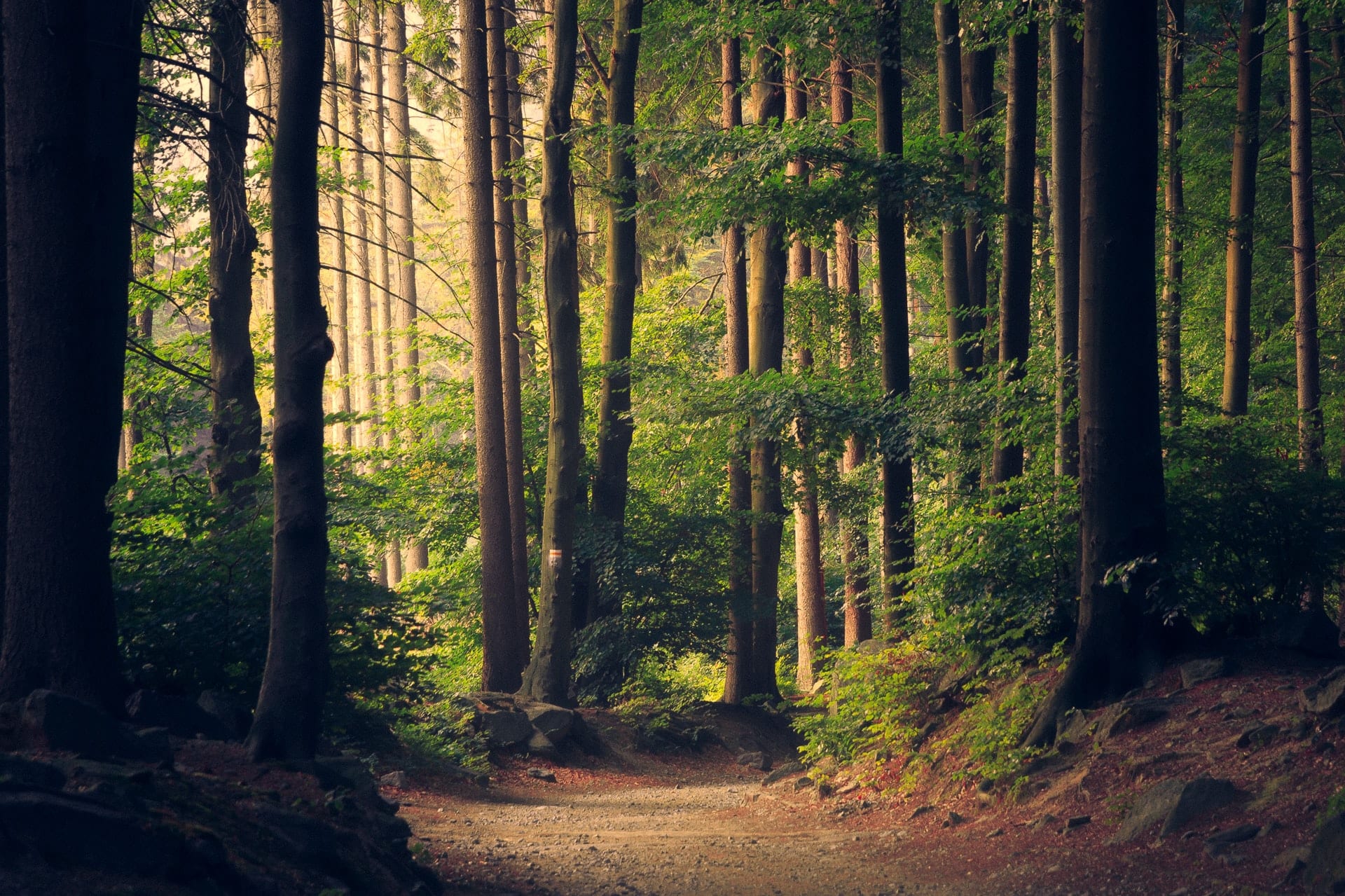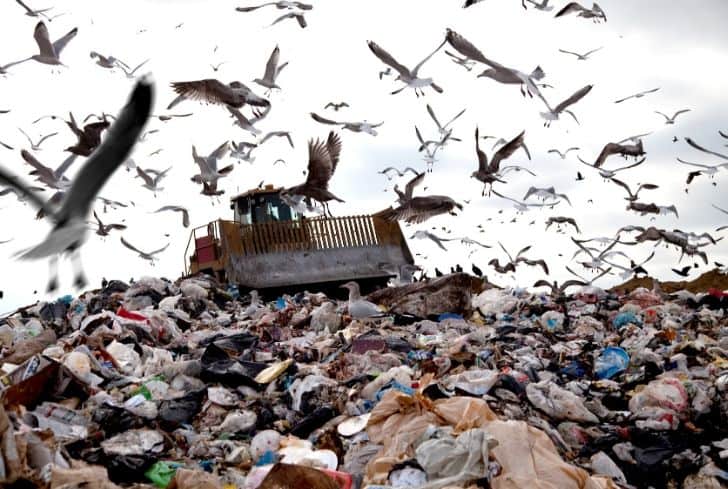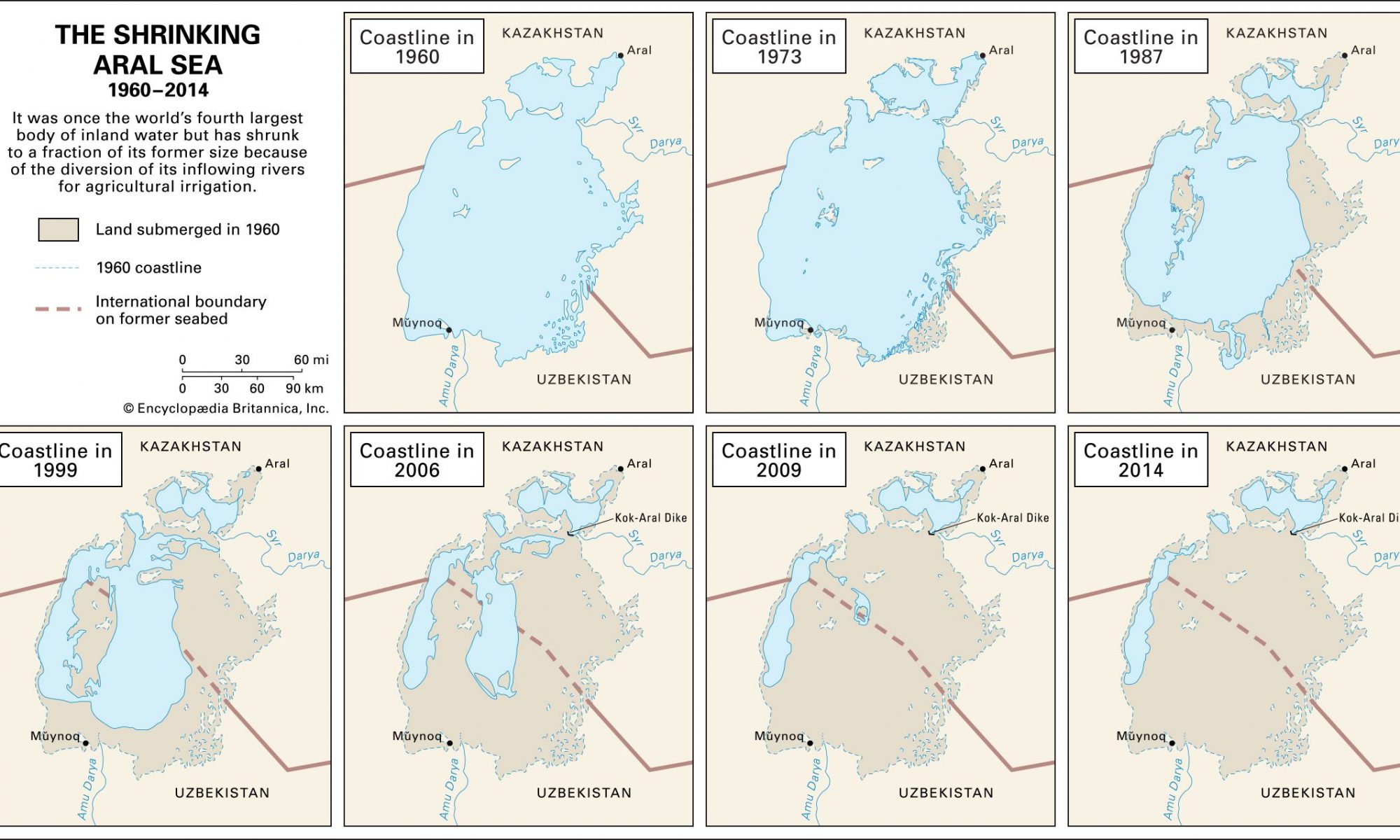The fight for environmental preservation has seen some of the most unconventional and daring efforts by individuals and groups determined to make a difference. These activists have gone to extraordinary lengths, employing methods that range from deeply inspiring to downright astonishing. Their stories not only highlight the urgency of environmental issues but also showcase the … Continue reading 10 Unbelievable Tales of Environmental Activism and Advocacy
5 Astonishing Discoveries about Planet Earth
Planet Earth, our shared cradle of life, is brimming with wonders and mysteries. However, some of the recent revelations about our home planet paint a picture of unprecedented changes and challenges. Here are five such extraordinary findings: 1. Antarctica’s Unprecedented Heatwave: 2022 marked the year when Antarctica experienced the most extreme heatwave ever recorded on … Continue reading 5 Astonishing Discoveries about Planet Earth
The Great Pacific Garbage Patch
The Great Pacific Garbage Patch, also known as the Pacific Trash Vortex, is a vast area of the Pacific Ocean where marine debris, primarily plastics, have accumulated due to ocean currents. This area, located between Hawaii and California, is considered one of the largest ocean garbage patches in the world. The patch is made up […]
Due to environmental concerns…
Due to environmental concerns, it’s illegal to do dishes in Finland’s lakes.
The post Due to environmental concerns… appeared first on Crazy Facts.
Since the 1960s, the Aral Sea, formerly…
Since the 1960s, the Aral Sea, formerly the fourth largest lake in the world, has been drying up, leaving hundreds of fishing boats rusting in the desert.
The post Since the 1960s, the Aral Sea, formerly… appeared first on Crazy Facts.
In Sweden they have trained wild crows…
In Sweden they have trained wild crows to trade cigarette butts for peanuts, helping to clean up Swedish streets.
The post In Sweden they have trained wild crows… appeared first on Crazy Facts.
Owing to a surge in production…
Owing to a surge in production at the end of the 19th century, oysters became cheaper than meat, poultry, and fish, making them a popular dish on working class tables in the United States and Europe. This period of mass production is known as the Golden Age of Oysters. New York is right next to […]
The post Owing to a surge in production… appeared first on Crazy Facts.
Some people, particularly in the USA…
Some people, particularly in the USA, modify their cars to produce a thick black diesel smoke in order to annoy or protest against cyclists and environmentalists. This modification is known as “Rolling Coal”.
The post Some people, particularly in the USA… appeared first on Crazy Facts.
Plant-Based “Stem Cells” Could Possibly Drive an Environmental Revolution
For the last couple of years, my family has been making a conscious effort to buy less plastic.
Certainly we try to avoid single-use plastics, but even for things that we’ll use again and again we try to find more durable, organic or metal alternatives.
But of course, there’s often an environmental cost to wooden items, too. It presents a conundrum.
Until now. Are you ready to have your mind blown? Lab. Grown. Furniture.
I warned you.

Image credit: Goashape via Unsplash
Wooden furniture is gorgeous, and plant fibers are supremely useful for other everyday items too, like clothing.
That’s why bamboo has become so popular–it grows quickly, with less environmental impact.
But now a PhD candidate at MIT, Ashley Beckwith, and her co-author, Luis Fernando Velásquez-García, have a brilliant plan to reduce waste and environmental impacts even further by growing wood in useful shapes (like 2 by 4’s) right in a lab.
MIT researchers including MechE PhD student Ashley Beckwith have proposed a method to grow plant-based materials, like wood and fiber, and have demonstrated the concept by growing a culture of wood-like cells from zinnia leaves, pictured https://t.co/xKtpy1zrbX pic.twitter.com/S8NGMR5rXt
— MIT MechE (@MITMechE) February 16, 2021
The MIT research team has been working with zinnia tissue, and they published their findings recently in the Journal of Cleaner Production.
As Fast Company reports, their goal is to:
…quickly produce in a lab what would take decades to grow in nature. From there, they could even coax wood tissue to grow into fully-formed shapes—like, say, a table—in order to mitigate the environmental harm of the logging and construction industries.
It’s not a completely new concept. Velásquez-García, a scientist in the university’s Microsystems Technology Lab, explains it in pretty simple terms.
“The plant cells are similar to stem cells. They have the potential to be many things.”
And it’s not just human stem cells. Other scientists have had similar success with lab grown meat products.
So isolating the ability to reduce plants down to a version of a stem cell is just the first step.
A team including MechE PhD candidate Ashley Beckwith grew wood-like plant tissue in the lab, which, if scaled up, could perhaps one day lead to the development of lab-grown wood, fiber, and other biomaterials https://t.co/ssoek4MB67
— MIT MechE (@MITMechE) February 17, 2021
Like the meat manufactures who want to grow only the most desirable parts of the animal, Beckwith and team have similar plans for their saplings.
“Trees grow in tall cylindrical poles, and we rarely use tall cylindrical poles in industrial applications.
So you end up shaving off a bunch of material that you spent 20 years growing and that ends up being a waste product.”
Rather than stopping with just growing trees, the team could grow planks, or, rather like 3D printing, they could even guide the development of the plant fiber into the exact shape for its intended purpose.
Of course not every manufacturer has a noble drive to safe the planet.
That’s why this new process is so exciting. It’s so easy, that when compared with the cost of logging, transportation, and everything that goes into cutting down trees to shape them into boards, lab grown trees could actually come out on top, at a lower cost!

Image credit: Lukasz Szmigiel via Unsplash
If the idea of lab-grown veggies freaks you out though, don’t worry. The folks in charge don’t see this being a process that is used to grow food. More like the kinds of plants used to make clothes and industrial materials. There are so many things that could be made from biodegradable plant fibers! Deforestation could become a thing of the past! At least due to human consumption.
How’s that for exciting? Did it blow your mind?
Tell us what you think in the comments!
The post Plant-Based “Stem Cells” Could Possibly Drive an Environmental Revolution appeared first on UberFacts.
In the 1930s, metallic paints were…
In the 1930s, metallic paints were invented for cars. They were made with fish scales and it would take 40,000 herring to make a single kilo of paint.
The post In the 1930s, metallic paints were… appeared first on Crazy Facts.






